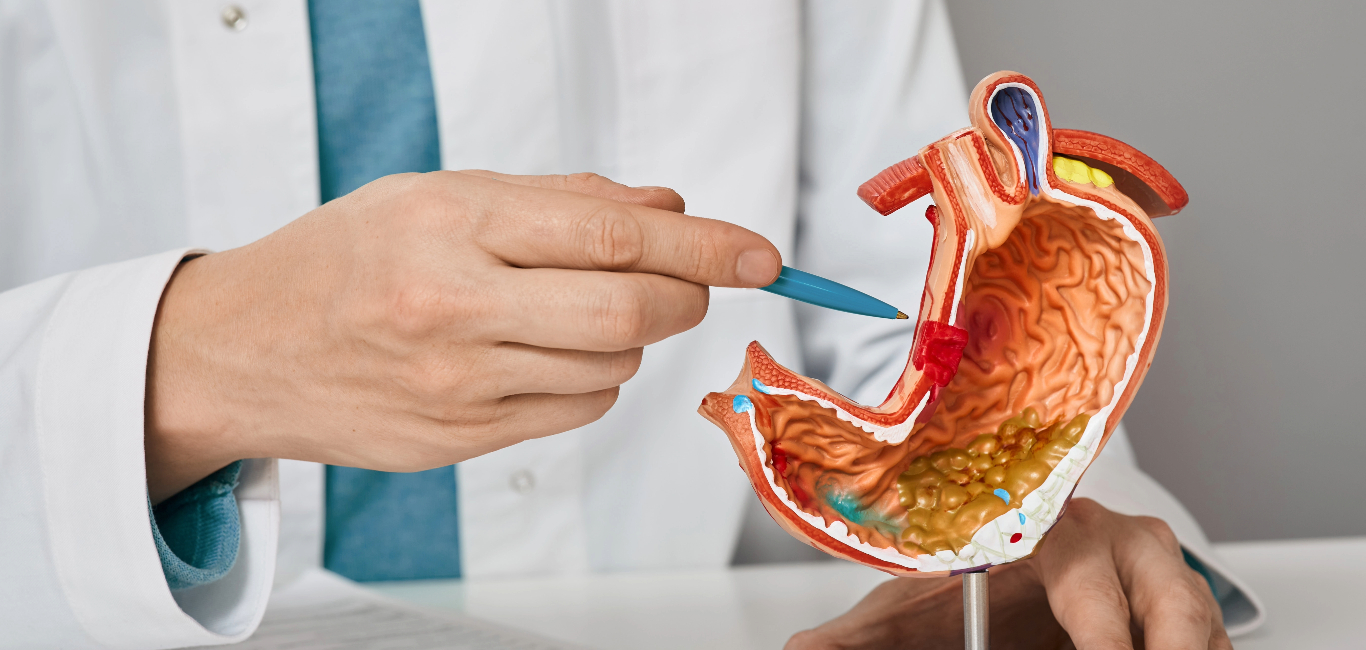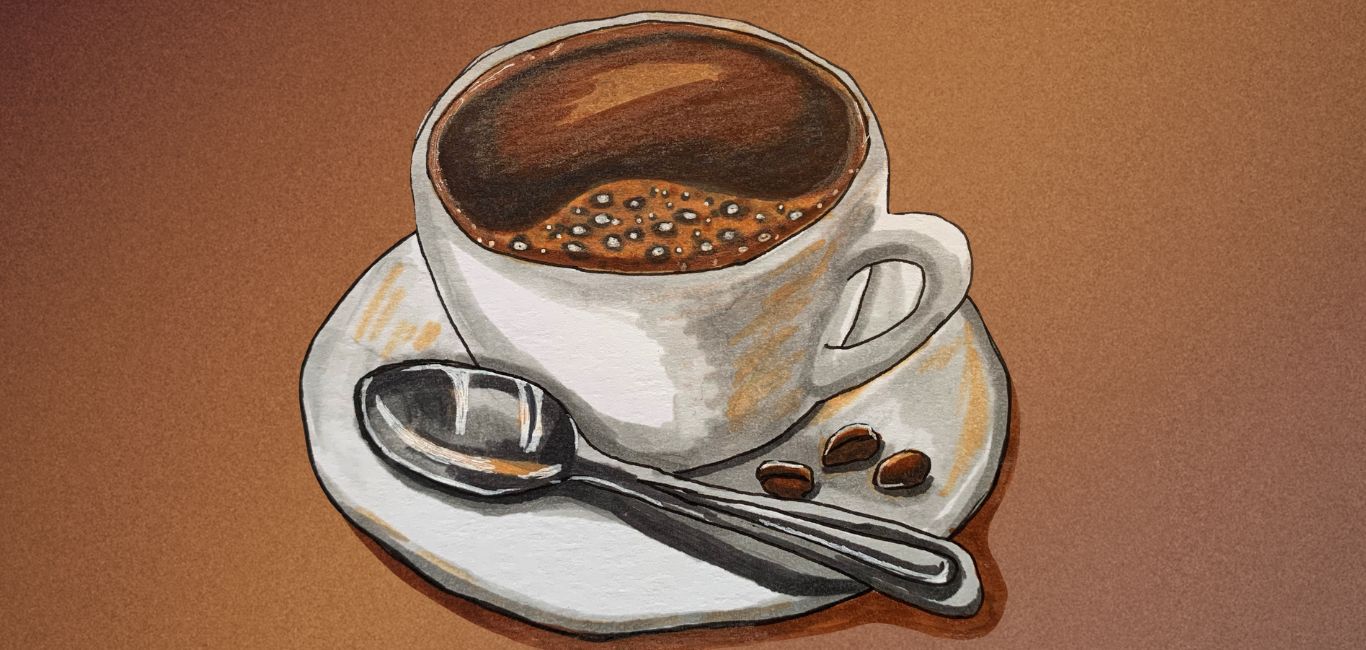
Gastric ulcers, or peptic ulcers, is a common condition caused due to the weakening of the stomach wall’s defences. The condition can occur at any age and is mostly caused due to a bacterial infection or the overuse painkillers.
More commonly known as stomach ulcers, these lesions or sores can be painful and even cause one to vomit blood. It happens as the thick layer of mucous that protects the stomach from the acid and enzymes produced to digest food, is not produced in enough quantities and gets penetrated.
“Gastric ulcers are quite common in our population. It includes the ulcer present in both stomach and initial part of duodenum (first part of small intestine),” says Dr Amit Yelsangikar, senior consultant and gastroenterologist at Aster CMI Hospital, Bengaluru.
What causes stomach ulcers
“The most common cause (of gastric ulcers) is Helicobacter Pylori infection of the stomach which cause ulcer in stomach as well as the duodenum,” adds Dr Yelsangikar.
Another important cause is painkillers which come under the family of non-steroidal anti-inflammatory drugs (NSAIDs) such as ibuprofen, diclofenac and nimesulide. They tend to cause ulcers in both stomach and duodenum as they reduce blood supply to the stomach wall.
When this happens, the mucous production is reduced, and the barrier mechanism of the stomach wall does not work too well. This increases its susceptibility to have ulcer, explains Dr Yelsangikar.
There are some other rare causes of stomach ulcers such as stomach cancer and tumours called as neuroendocrine tumours. More than 90-95% of all ulcers are caused by Helicobacter pylori infection and painkillers, elaborates Dr Yelsangikar.
The extent of damage is time dependent
The extent of damage to the stomach wall depends on when the ulcer is recognised. “If it is recognized early as in case of a younger person who develops pain faster, the first layer of stomach known as the mucosal layer, is damaged. In this case, ulcers are diagnosed as well as treated earlier,” says Dr Yelsangikar.
In the elderly, pain perception is not as good. They may have some discomfort or a little reduction in their appetite, but these symptoms may not be perceived seriously. The elderly may not come with pain but with just loss of appetite and weight loss, Dr Yelsangikar explains.
If ulcer is not recognized early, the ulcer goes deeper into the stomach wall, and it can perforate stomach wall and make a hole in stomach or small intestine, he adds.
Symptoms of gastric ulcers
Symptoms and complications can be seen in short term as well as in the long term. In short-term ulcers can cause:
- Stomach pain
- Pale and foul-smelling vomit
- Bleeding
- Blood vomiting
- Black stool
- Fall in haemoglobin level
- Loss of consciousness
- Obstruction between stomach and intestine. The passage between them become so narrow that neither food nor liquid can go across.
- Weight loss
“All this happens over a period of time. People tend to modify their diet. From solids they come down to liquids and then they reduce their intake to avoid the symptoms,” says Dr Yelsangikar.
In the long term, untreated ulcers can also lead to stomach cancer especially those because of Helicobacter pylori infection, he adds.
Early diagnosis is crucial
The first part of diagnosis includes good clinical history of the affected person. “When the person comes with pain, especially the one that gets better or worse on taking a meal, it suggests some problem in the stomach or duodenum. In some persons, pain that comes in the middle of the night that prevents one from eating. As a result, they cut down their food intake and lose weight,” says Dr Yelsangikar.
These are the people who need to be further investigated with various methods:
- Endoscopy is the best investigation to diagnose gastric ulcers. With endoscope, ulcer can be diagnosed within five minutes with a detection rate of more than 99%. Even biopsy sample can be taken with endoscopy at the same time. Also, doctor can look whether the ulcer is healing on follow-up. With current sedation techniques and slim endoscopes, it is a painless procedure.
- CT scan is required only if there is a complication especially in case of cancer. A CT scan can find out whether ulcer is limited to stomach or spread elsewhere. It is also done in case of persons who have obstruction or if surgery is required.
Managing stomach ulcers
The most important management strategy is to allow the ulcer to heal.
- Acid secretion inhibition: The acid production needs to be reduced as it prevents the ulcer from healing. It is reduced by various drugs like H2 blockers and proton pump inhibitors. More than 90-95% of persons with ulcers gets cured with medicine.
- Helicobacter pylori infection treatment: It requires10 to 14 days of antibiotics treatment along with anti-acid medicine. The reason to treat this bacterial infection to prevent the recurrence of ulcers. Also, it reduces the risk of developing cancer later because the same bacterium is also known to cause cancer.
- Surgery: Less than 5% of patients require surgery because of complications.
“We treat gastric ulcers almost daily especially in people coming from the rural areas and we had good results. Over four to six weeks, the ulcer tends to heal completely. We were able to avoid surgery in these people,” says Dr Yelsangikar.

















